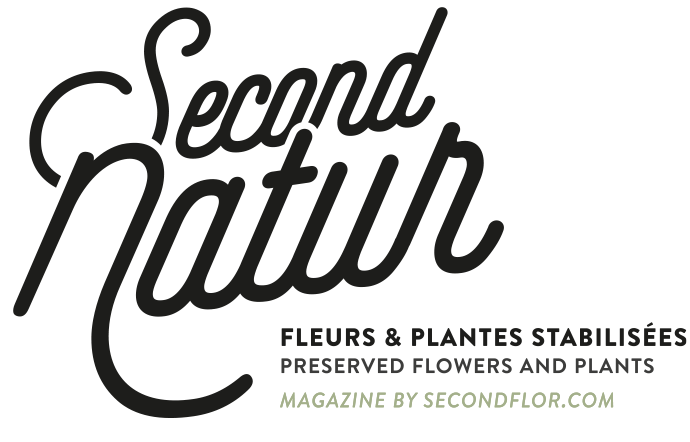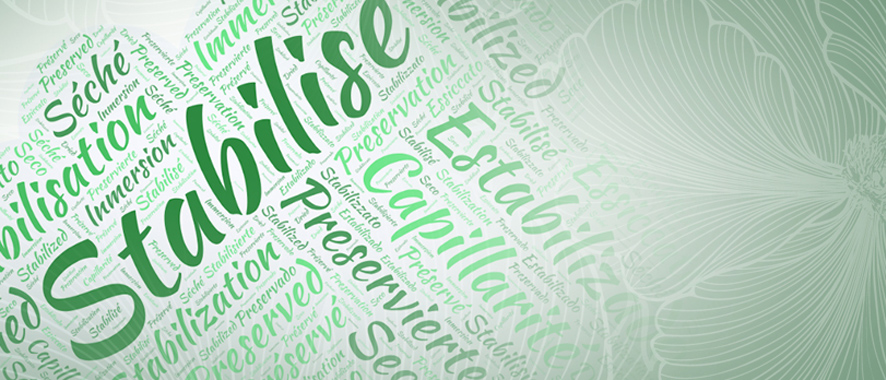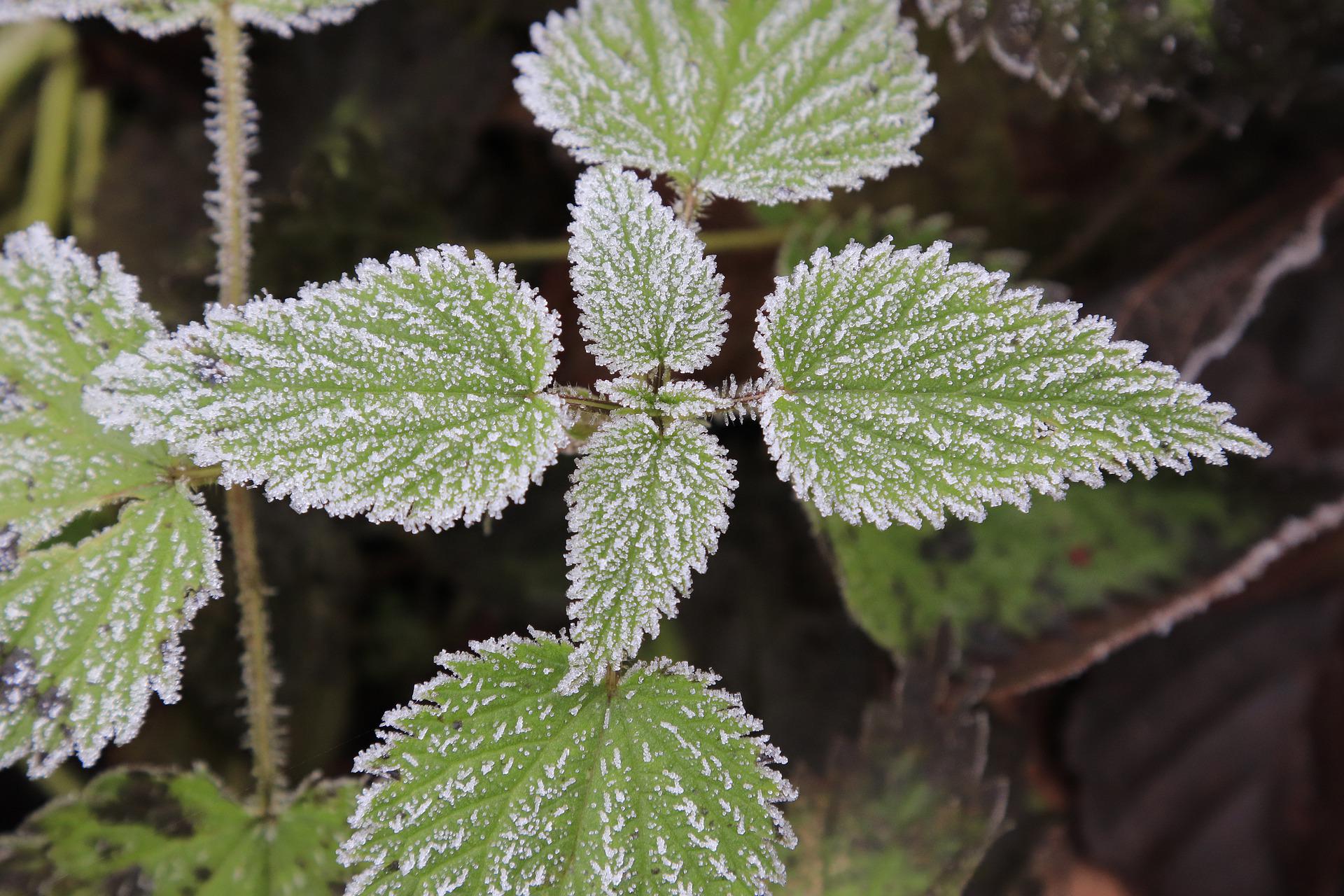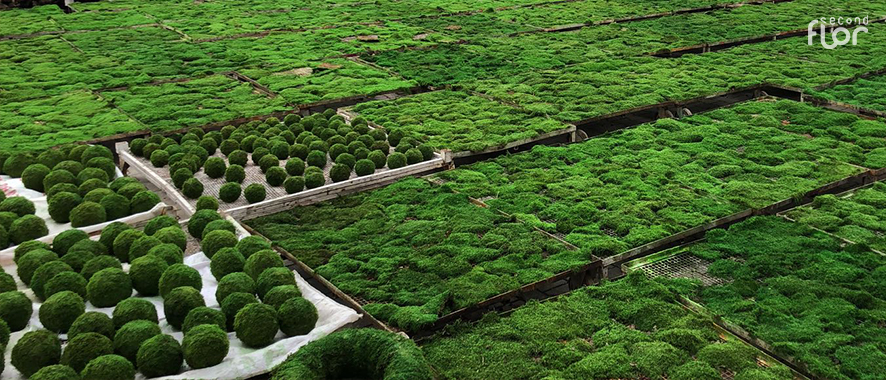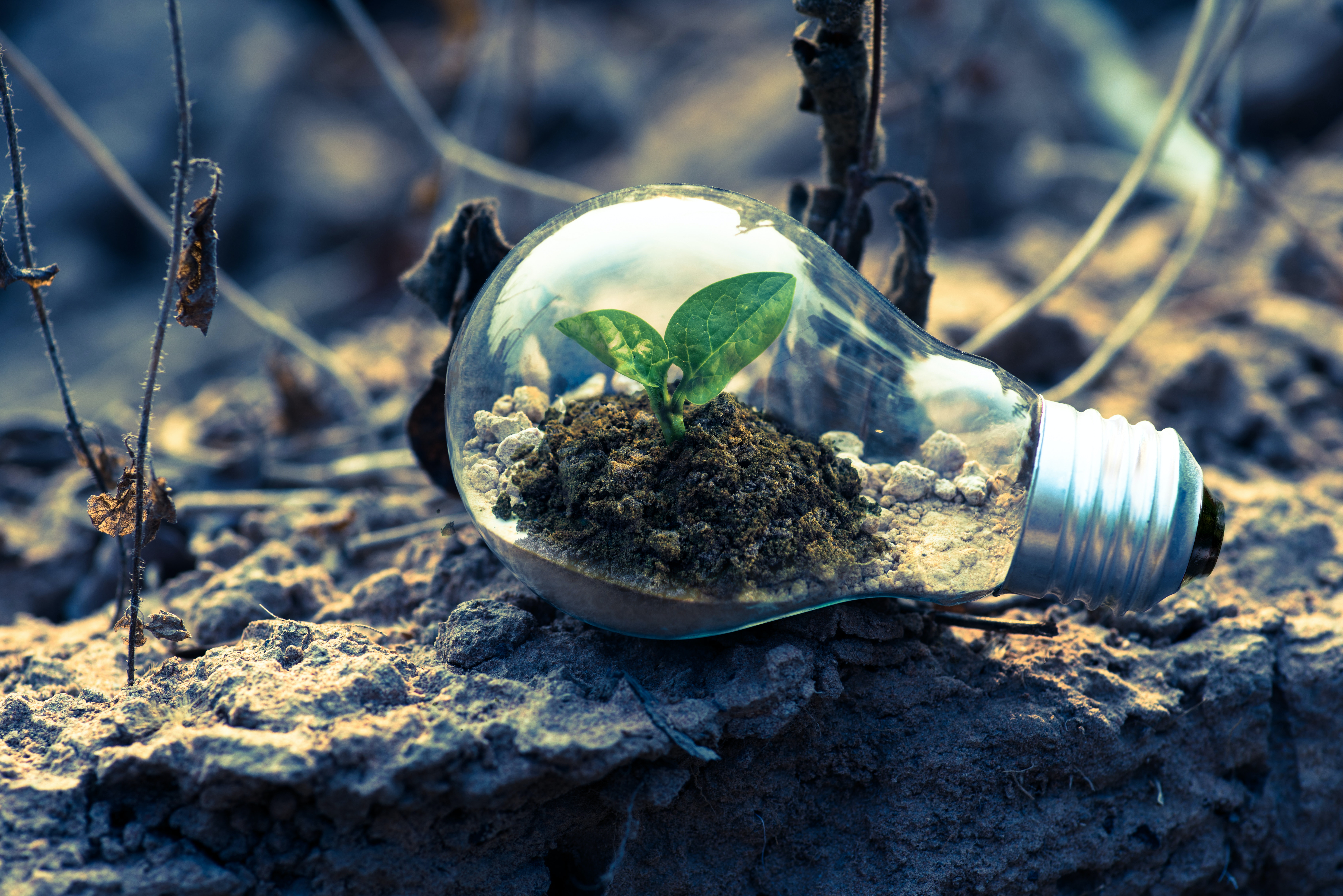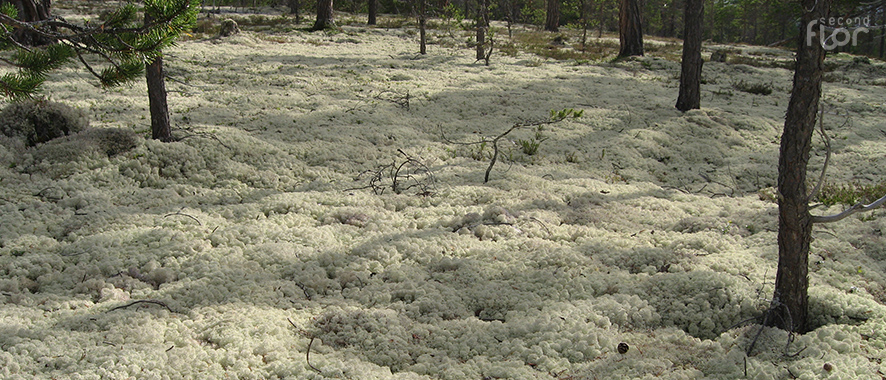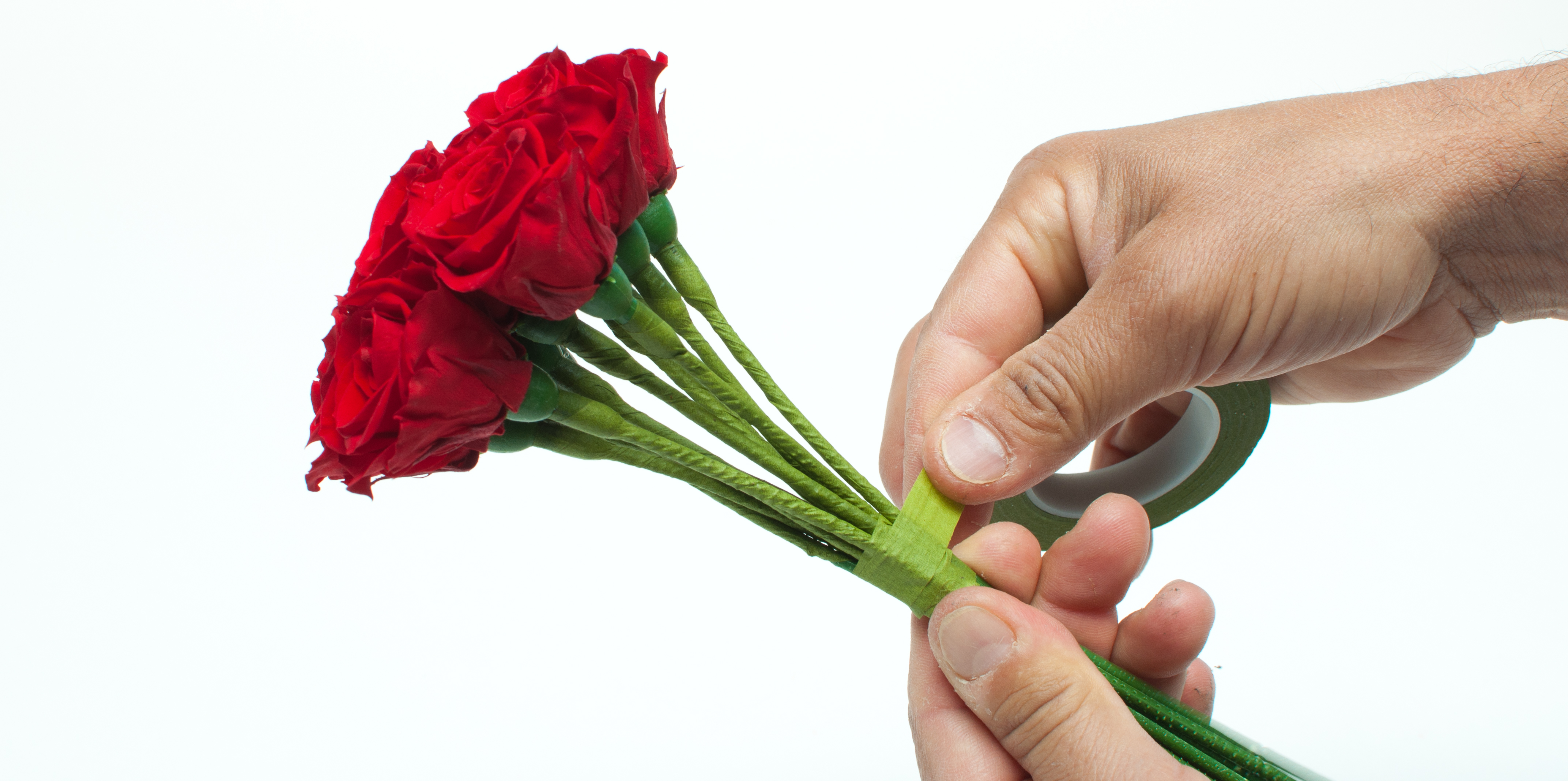It can be difficult to find stabilized peonies for several reasons: complex stabilization process, high demand and limited supply.
What is it ?
Everything you need to know about maintenance-free preserved flowers, plants and moss. Production, preservation techniques and answers to all your questions can be found in the “What Is It?” section.
Very popular in the United States, the mood moss is coming to Europe and will quickly become very popular. This new plant is very similar to ball moss with its rounded shape. Find out how it compares in this article.
Stabilised plants and flowers are a real miracle of horticultural technology! Thanks to a natural, environmentally-friendly preservation process, they no longer need water to stay fresh and vibrant for years. We explain everything in this article.
Glamelia is a flower design technique that allows you to create spectacular arrangements with rolled petals to create intricate patterns.
Walls made from stabilized plants are THE trend of the moment. In addition to the…
All too often, the term “preserved” is misused to describe plants that are not. In order to clarify all the techniques that exist and to give the right information about the product we are selling, we are creating a semantic that did not exist before. Find out more in this article.
This freeze-drying technique is often equated with, or even confused with, the classic drying of plants. In reality, this preservation method is applied to many pharmaceutical and food products, archaeological remains, small animals or plants.
Spraying preservation is a technique for preserving previously dried plants. The process involves spraying the top of the plant with a glycerine-based solution, rather than immersing it completely.
On the magazine, we present techniques that allow dehydration, rehydration, absorption, colouring and sometimes all at the same time. Depending on the result you are looking for and on each plant, it is possible to use combinations of all these techniques, details in this article.
There are two different techniques for preserving plants: stabilisation and preservation. In this article, we take stock of the situation and put things straight.
It is in the heart of the Scandinavian landscape that reeinder moss is harvested. Literally reindeer moss, this lichen is the food of these animals which are also omnipresent in this region. It is one of the bestsellers of preservation but also one of the longest existing.
Preservation by immersion is a technique for preserving plants, which is mainly done by rehydrating a dried plant in a bath. Read this article to find out more.
Preserved flowers are mainly sold as flower heads. And yes, during the stabilisation process, the stem is said goodbye. The reason is technical. For more information, click on this article.
The opposite of a natural flower is the synthetic flower. A copy is created that is as similar as possible using synthetic materials. Plant stabilisation is primarily a technology for preserving fresh plants. So, natural or not natural? Find out in this article.
